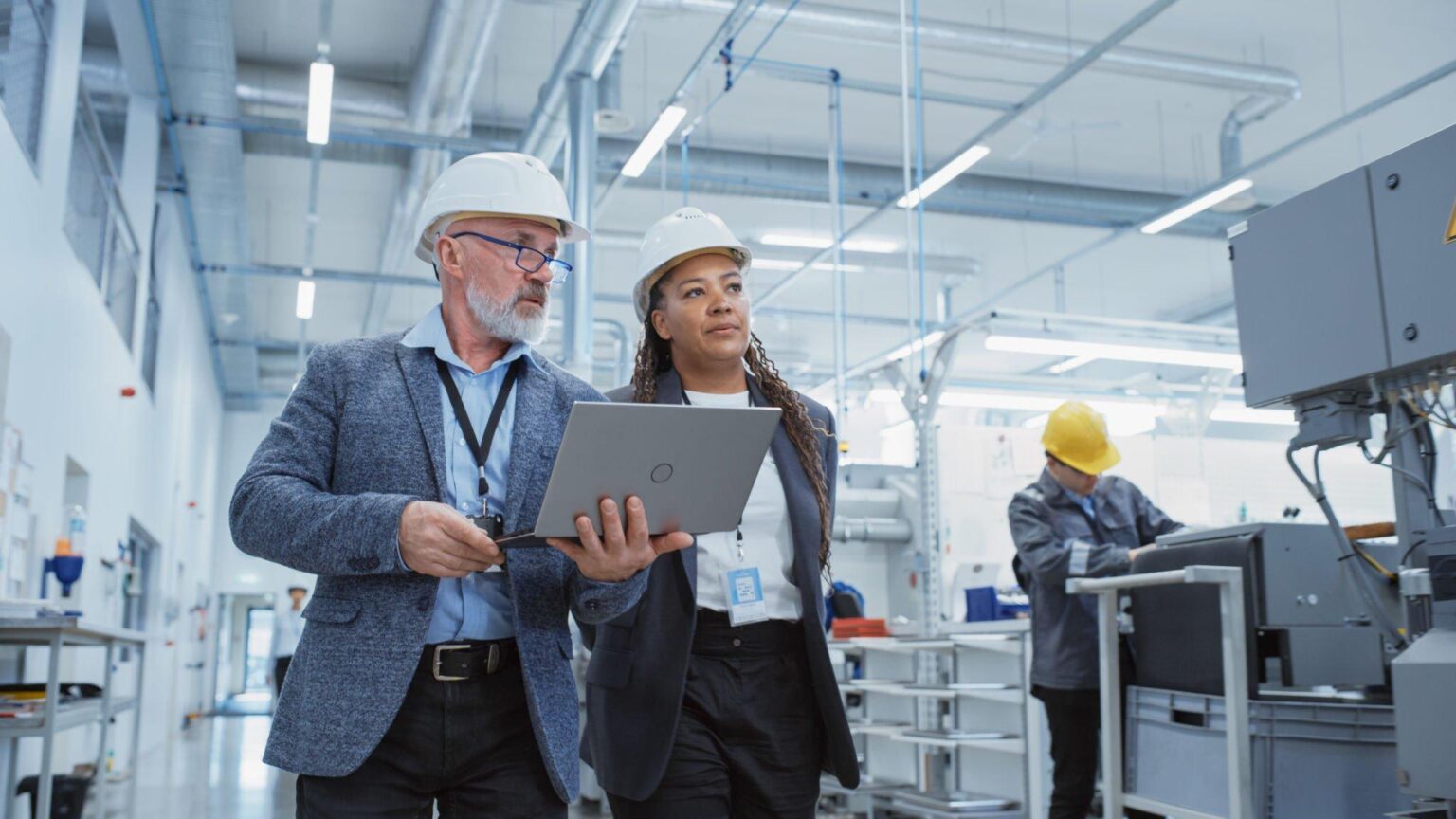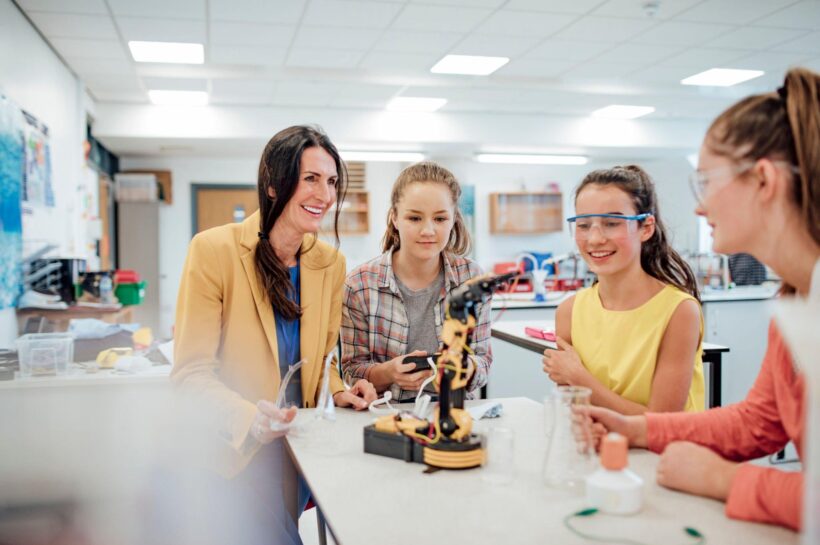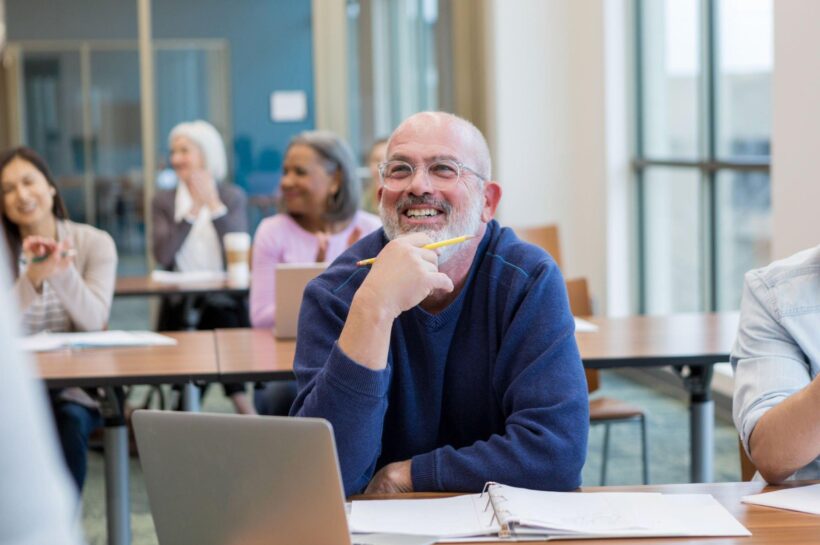In the dynamic realm of education, the transition towards progressive teaching approaches is unmistakable. Blended learning, a dynamic amalgamation of conventional classroom teaching and online education, stands out as a catalyst for transformation in global classrooms. This article seeks to delve into diverse blended learning models, shedding light on their advantages, hurdles, and the significant influence they wield over educators and students alike. For an in-depth exploration of innovative educational approaches, consider our comprehensive guide on Blended Learning.
Understanding Blended Learning
Blended learning, often referred to as hybrid learning, combines traditional face-to-face instruction with online learning experiences.
This dynamic approach integrates the best of both worlds, leveraging the strengths of in-person interactions and the flexibility of digital resources. The goal is to create a more personalized and effective learning environment that caters to diverse student needs.
Common Blended Learning Models
Rotation Model:
In this model, students rotate between different learning modalities, such as face-to-face instruction, online learning, and small group activities.
Flex Model:
Flexibility is the hallmark of this model, allowing students to have control over the time, place, and pace of their learning, often through a mix of in-person and online experiences.
Station Rotation Model:
Students move between various learning stations, each offering a different mode of instruction. This model promotes a balanced and interactive learning experience.
Flipped Classroom Model:
In a flipped classroom, traditional teaching methods are reversed. Students engage with instructional content online before attending class, allowing for more interactive and application-focused in-person sessions.
Benefits of Blended Learning Models
Individualized Learning:
Blended learning enables educators to tailor instruction to individual learning styles and paces, fostering a more personalized learning experience.
Flexibility and Accessibility:
Students can access learning materials and resources at any time, breaking down barriers related to time and location. This flexibility is particularly beneficial for learners with diverse schedules and commitments.
Data-Driven Insights:
Digital platforms used in blended learning collect valuable data on student performance. Educators can leverage this information to identify strengths and areas for improvement, allowing for targeted interventions.
Increased Engagement:
The combination of interactive online content and face-to-face interactions keeps students engaged and motivated, leading to a more positive and active learning experience.
Challenges and Considerations
Technology Integration:
Successful implementation of blended learning requires adequate technology infrastructure and teacher training. Overcoming these challenges is essential to ensure a seamless learning experience.
Student Readiness:
Not all students may be equally prepared for online learning. Addressing varying levels of technological proficiency is crucial to ensure inclusivity and equal opportunities for success.
Time Management:
Balancing in-person and online components necessitates effective time management for both educators and students. Clear communication and planning are key to overcoming this challenge.
Conclusion
Blended learning models represent a paradigm shift in education, offering a potent mix of tradition and innovation. As classrooms continue to transform, educators must embrace the opportunities presented by these models to create dynamic, personalized, and effective learning environments.
By understanding and implementing various blended learning models, educators can cater to the diverse needs of their students, preparing them for success in the ever-evolving landscape of the 21st century.




